I am that I am
September 30, 2021
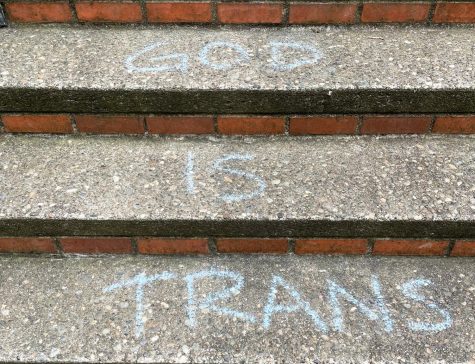
As many of you are aware, on Sept. 13, members of the Seattle Pacific University community displayed pride flags all over campus in support of queer SPU students and faculty. In addition to the flags, a number of various phrases were written in chalk all over campus; some of which were: “God is gay”, “God is trans”, and “God is a woman”.
There are a lot of opinions, feelings, and weight attached to these statements, but it’s important to remember that these chalked proclamations are not necessarily serious theological arguments. These writings are shedding light on the discrimination against queer people on campus. The point is to spread awareness and make people think.
SPU student Kellie Grover said it well: “It’s graffiti; it’s not hurting anyone in any way other than in hurt feelings. Saying that God is only a man has hurt people in very real and tangible ways.”
When we talk about how we’ve historically perceived God and how Christianity has shaped gender norms and society at large, we need to consider the trauma that is involved. When entering into these conversations, whether online or in-person, it’s vital to keep love, care, and reconciliation at the center. We need to walk in willing to listen, learn, and consider, rather than fight.
I’m largely writing this piece in response to a conversation in the comments of the @spuconfessions3.0 Instagram page. The notion that God is queer provokes a strong, visceral reaction rooted in prominent and historical patriarchy. But here’s the thing – God is non-binary. God is all.
God is not a man. God is not a woman. God is. Genesis 1:26 states, “Let us make man in our image, in our likeness.” If we are all created in the image of God, then that image can only be expressed through the masculine and feminine in tandem and in relationship. Quantifying God and putting Them in a box of gender is in direct opposition to the Christian understanding of God. God is omnipotent, the creator of heaven and earth, a spirit that ultimately exists outside of the physical. They are all-powerful and all-knowing, therefore unexplainable and unquantifiable.
In the original Instagram post on the confessions page, the writer said that the chalk writings on campus were disrespectful and offensive to Christianity. I can understand this in some ways on the grounds of theological and scriptural inaccuracy.
However, saying that God is confined to masculinity and can only be understood through maleness is equally disrespectful, as it is also theologically inaccurate.
At first, many people’s instinct is to violently reject the idea that God is not only masculine or male. This makes sense given the historical rhetoric of our ideas and words surrounding, depicting, and explaining the nature of God.
The Bible was written by men. It is a historical document full of human fallacies and surrounded by a patriarchal culture. Yet, there are still passages in which God is described as feminine.
For example, Isaiah 66:13, “As a mother comforts her child so I will comfort you.” When describing Jerusalem, the Lord is described gathering the nation to her as would a mother. Proverbs 8 describes a feminine “Wisdom” which has a history of being referred to as the Divine Sophia. I believe that this is a historical and biblical testament to an inclusion of the feminine nature of God.
I argued on the SPU confessions page, “Jesus was ‘God in a bod’ but he was born a man because, at that time, a woman would not have been believed nor followed”. In response, a fellow student commented, “I mean I wouldn’t say Jesus was born a man because no one would follow a woman, cuz if you follow that logic then he never would’ve been born a Nazarene.”
Here’s the thing – The Bible is full of examples of what a woman’s status was at the time. They were owned by their fathers and husbands. That was the culture. The whole point is that Jesus wasn’t elite or in power socially, but he was given respect and access to spaces in which women simply weren’t, Nazarene or not. Jesus experienced fully what it is to be human.
Throughout the entire Bible, all of the labels and descriptions attached to God are humanly constructed. We use language and our own understanding to try to describe and make sense of the nature of God.
1 Corinthians 13:12 states, “Now I know in part; then I shall know fully, even as I am fully known.” We can only see God as we’ve been taught to, as we experience, and as we read about Them. Therefore, we must know God by God.
The only place in the Bible where God describes themselves is Exodus 3:14 saying, “I am who I am.”
I challenge you, enter into discussions with an open mind, listen to others who have already done the work and research to deconstruct and understand the topic at hand. Press in and consider alternatives to your previous understanding. We are made to discover, develop, be presented with new information, and reform our ideas and beliefs. I urge you to do so.
If you are further interested in this topic, I am currently reading Feminism And Christianity: An Essential Guide by Lynn Japinga, suggested to me by Dr. Brian Bantum, the pastor of theology at Quest church. The book is a great place to start.







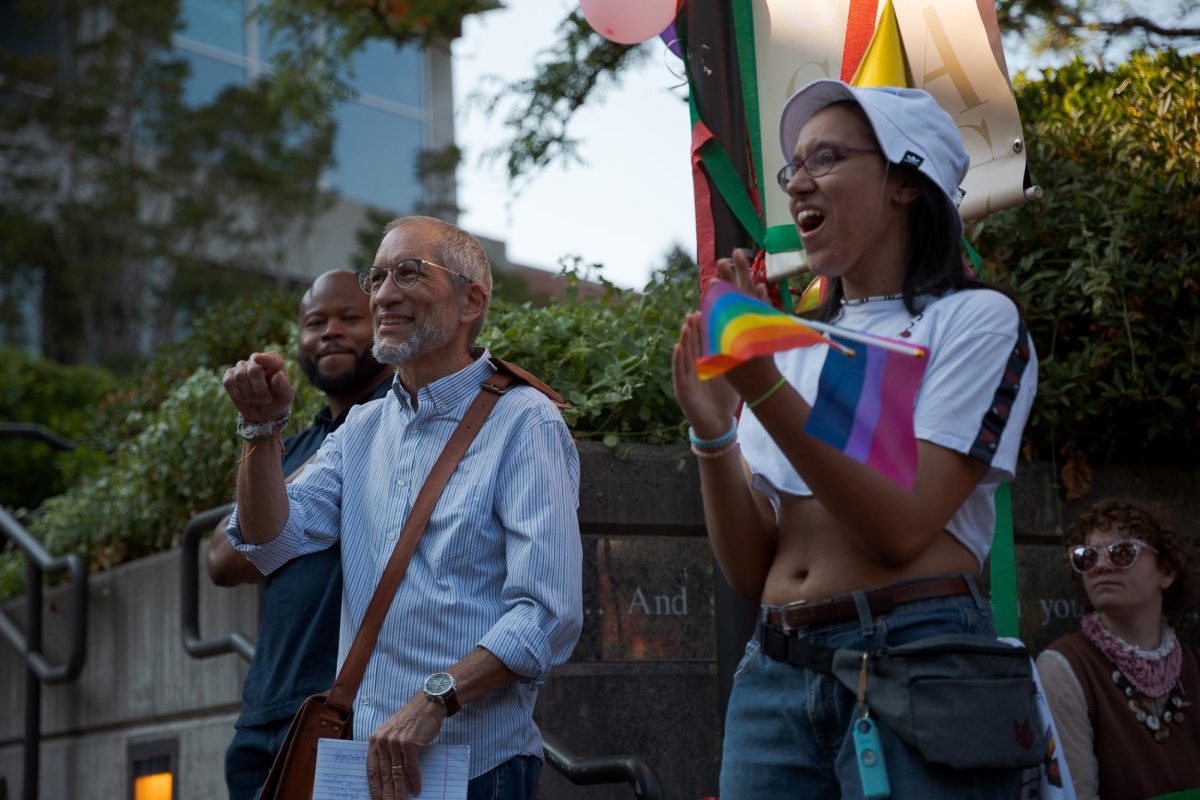






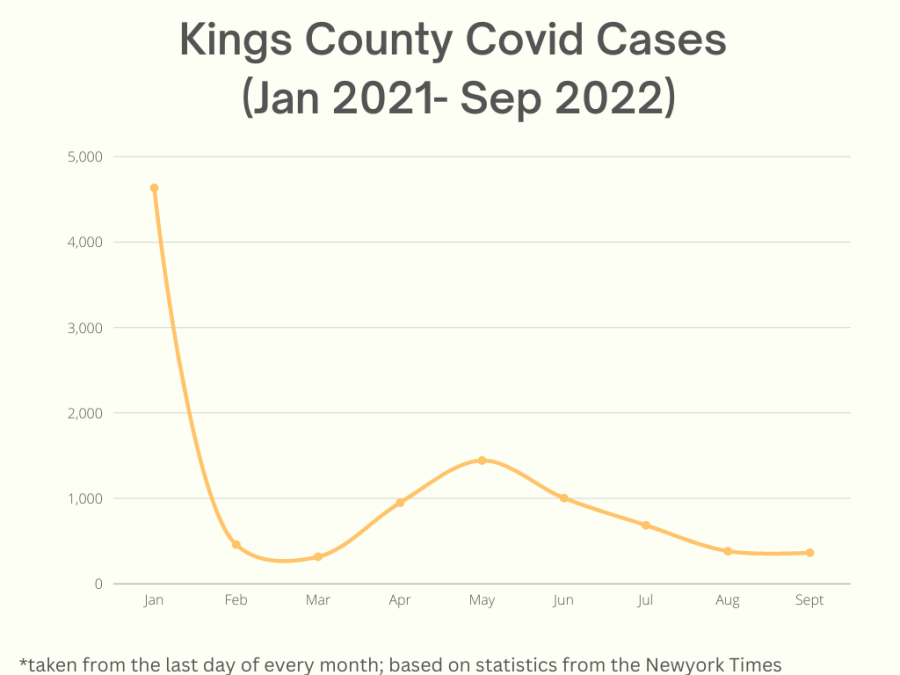







































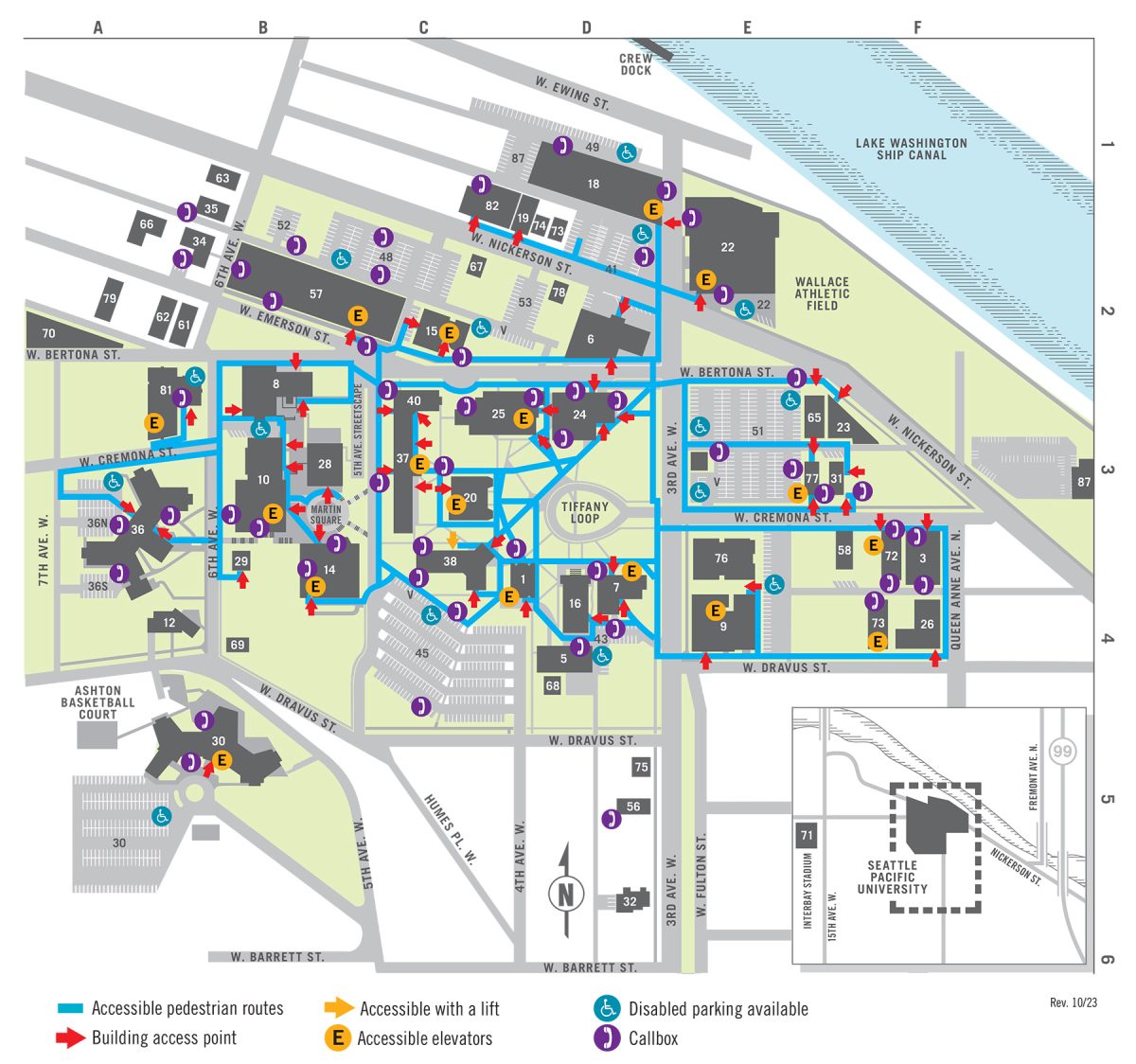





















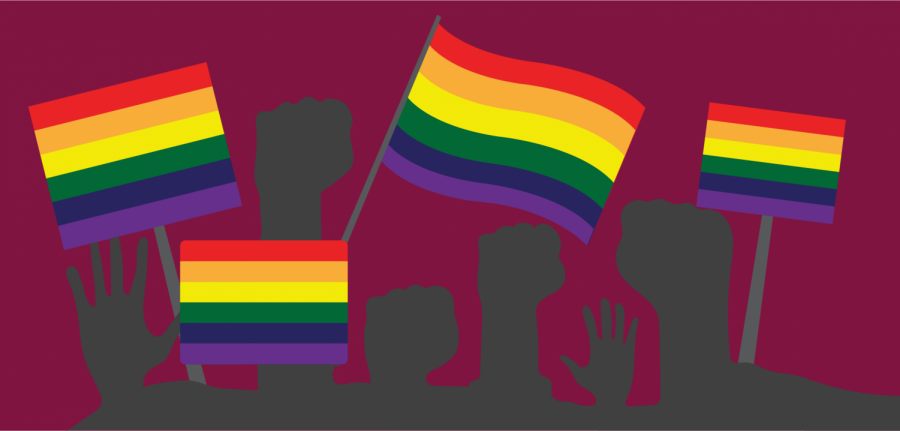














Lisa Montoya Lebovitz • Oct 1, 2021 at 6:59 am
The picture of the graffiti is misleading in representing our God and with what I believe is really at the heart of this article. As the word “trans” refers to “denoting or relating to a person whose sense of personal identity and gender does not correspond with their birth sex.” God is and wasn’t birthed. God’s personal identity is not the issue. The issue is that people misconstrue what God has designed and created. This is a huge hot relevant topic for people seeking Truth. I would suggest reading “How Not to Read the Bible” by Dan Kimball. This author dives into this topic with an openness to God’s heart on this issue and faces the ugliness of scripture with a sociological and sound theological perspective that is so needed right now.